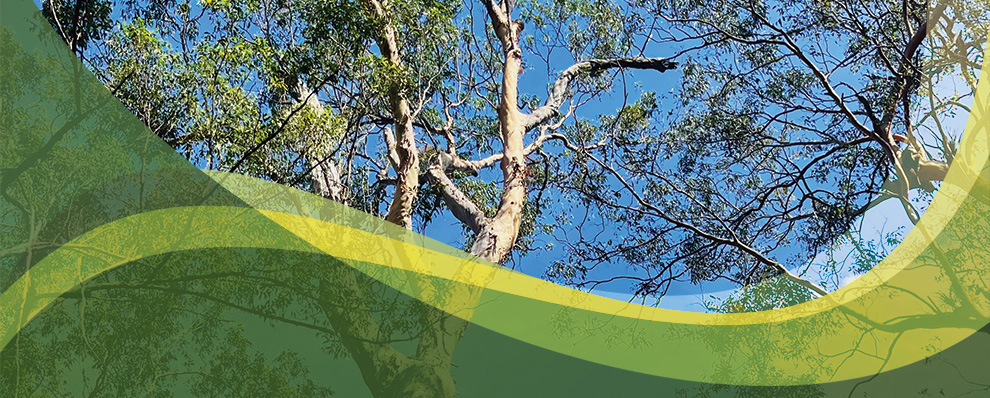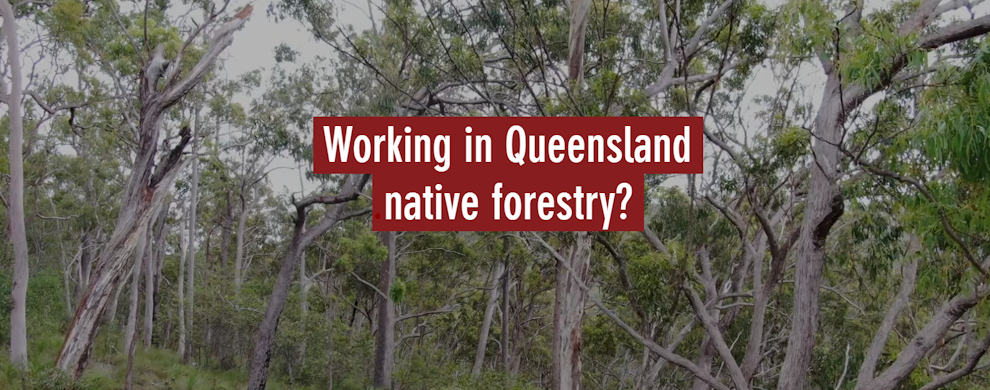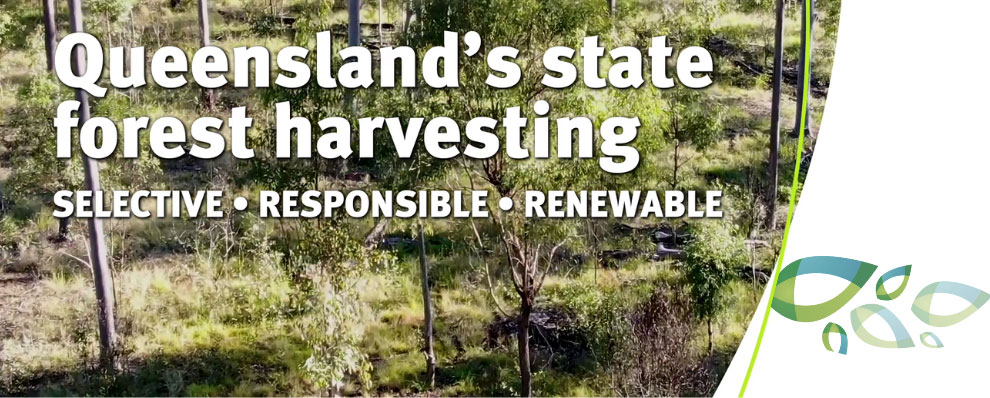Forestry

Queensland Sustainable Timber Industry Framework
See how the Queensland Government is committed to a sustainable forest and timber industry that secures timber supply and regional jobs whilst protecting our unique biodiversity for the future.

Glider protection measures
See how we are working to protect greater gliders and yellow-bellied gliders and their habitat.

Queensland's latest online platform for native forestry
We are proud to support Timber Queensland build the forest industry’s knowledge and capability.

Queensland state forest harvesting
Queensland state forests support our environment and our communities.